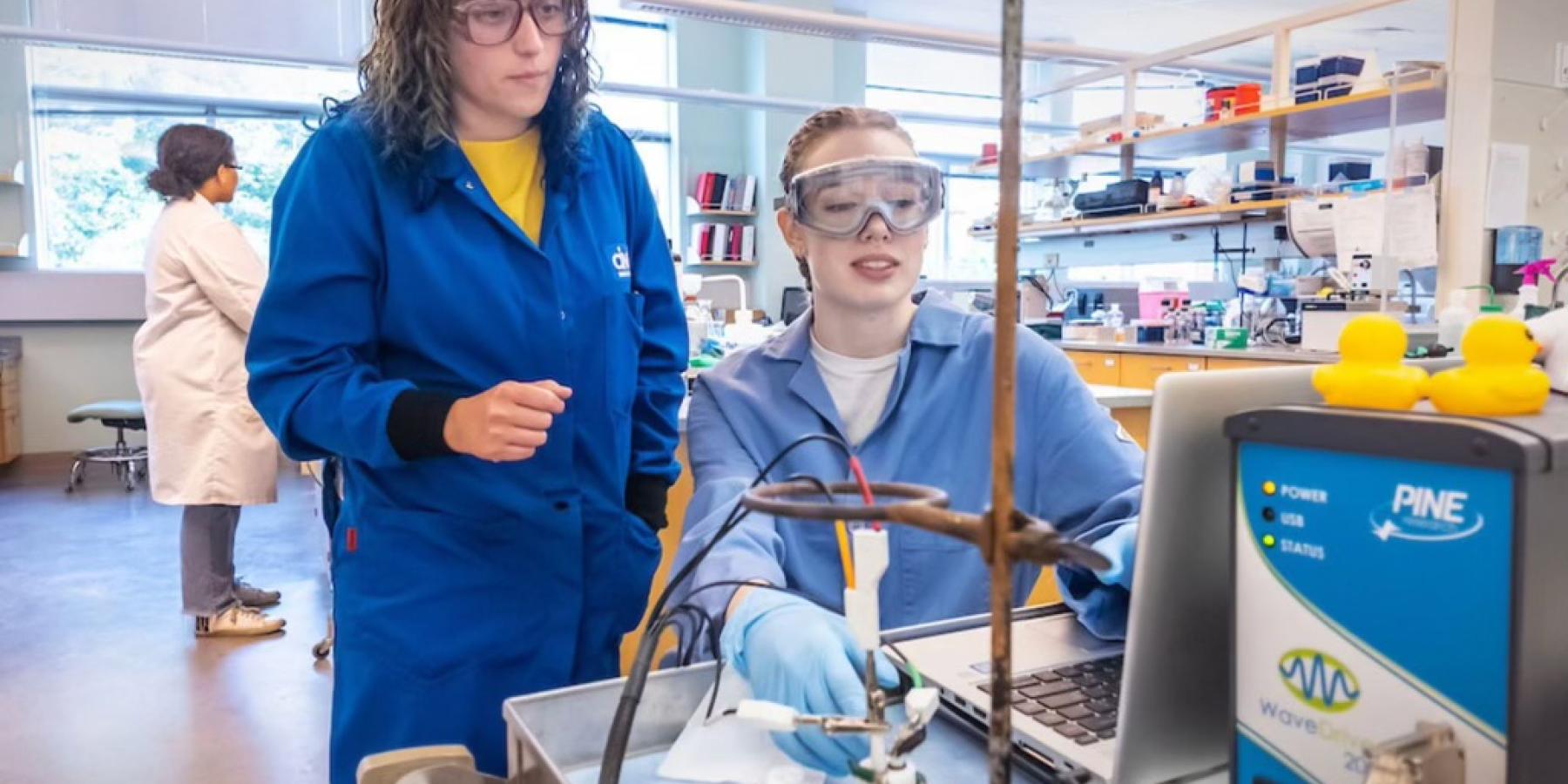
This research focused primarily on the degradation of methyl orange through electrochemical methods. Methyl orange is one of many dyes belonging to a wider class of brightly colored dyes known as azo dyes. The defining factor of all azo dyes is the presence of a nitrogen-nitrogen double bond, also known as an azo bond. These dyes comprise up to 70% of all textile dyes used and are often released into water systems as waste. Such pollution lends itself to a variety of concerns including ecosystem disruption, such as eutrophication, and bodily harm. When ingested, the azo bond in these dyes is broken, resulting in radical amine groups that possess carcinogenic properties, rendering these dyes a serious threat to public health. Past research into removing these dyes has covered a variety of strategies from organic bacterial cells to reductive degradation. This research, however, focused on oxidative electrochemical degradation and studied the catalytic properties of tetra(4-carboxyphenyl) porphine or 4-TCPP which would comprise the metal organic framework responsible for trapping these dyes.
There were two main techniques employed for studying the electrochemical properties and degradation of methyl orange. The first involved probing methyl orange by applying electricity to it using a machine known as a potentiostat. The results from these tests were vital for preforming the second type of study known as bulk electrolysis. This test uses a potentiostat to apply a constant electric potential and a spectrometer which measures light. Because methyl orange is colored but turns clear once broken down, visible light decrease can be correlated to degradation.
After running the bulk electrolysis studies, it was evident that methyl orange was able to be degraded at three different voltages that were determined by the cyclic and differential pulse voltammetry experiments. At 800 mV, approximately 59% average degradation was observed over a 3 hour period. At 850 mV, approximately 58% averaged degradation was observed over a 3 hour period and at 900 mV, approximately 70% degradation was observed over a 3 hour period. One trial for each voltage was run for 6 hours resulting in approximately 65% degradation at 800 mV, 75% degradation at 850 mV and 83% degradation at 900 mV. A final experiment was run at 790 mV with the working electrode soaked in 4-TCPP. This experiment resulted in approximately 64% degradation over 3 hours. All experiments showed the degradation to be a second order reaction.
These results show promise for the ability of methyl orange to be degraded using electrochemical methods and that 4-TCPP may be an effective catalyst for the degradation, though more studies must be conducted to conclude this. Eventually, such electric methods could be implemented into wastewater treatment, removing the threat of azo dyes before they are able to enter waterways.

